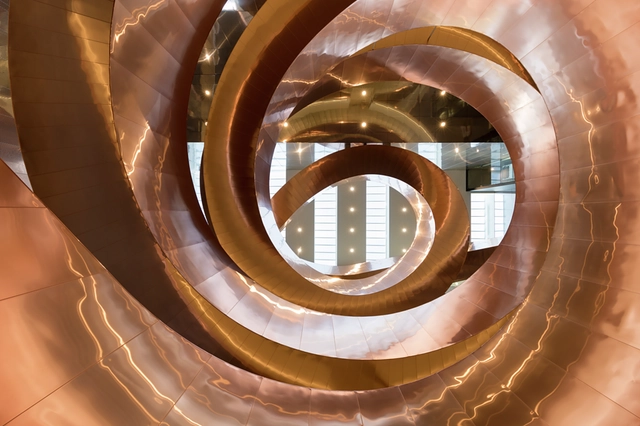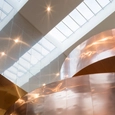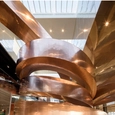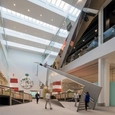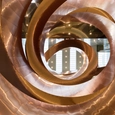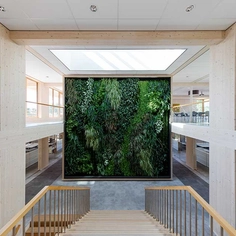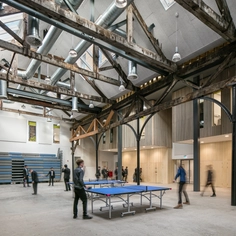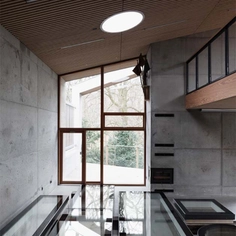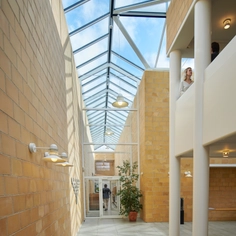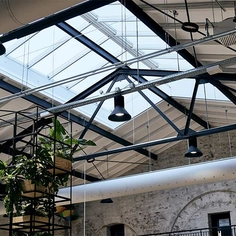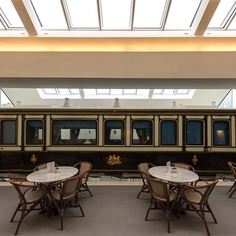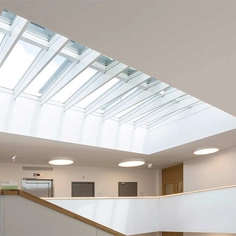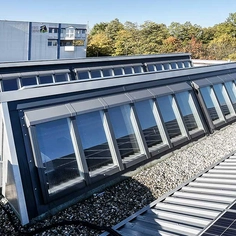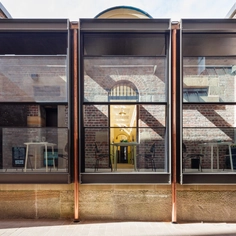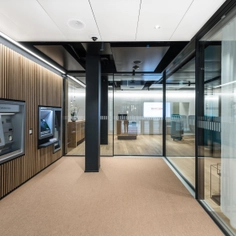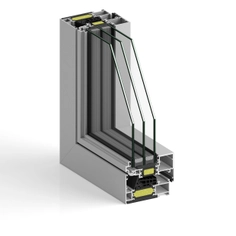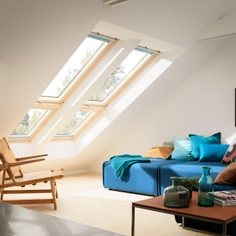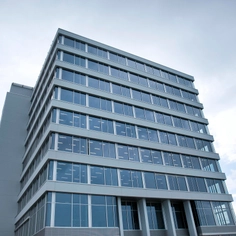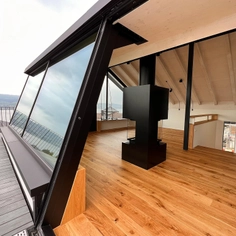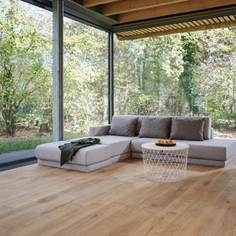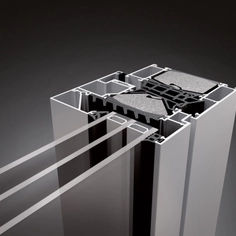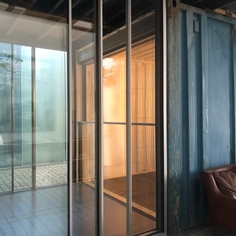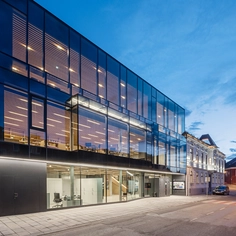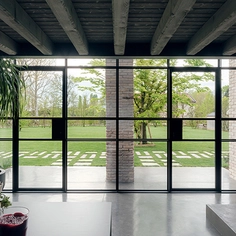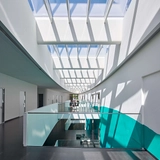Experimentarium is Denmark’s premier science attraction, aimed at bringing science to life for young people of all ages. It plays a vital role as an informal learning space and as a supplement to schools and upper-secondary education. It is also home to a conference center and administrative offices. The major redevelopment of the Experimentarium site has seen the exhibition area doubled, with 16 interactive exhibitions.
Challenge
When renowned Danish architects CEBRA set to work re-imagining the Experimentarium building, one of the main challenges was to carry out a radical transformation of the building, from its former dark, introverted feel, into a brighter, altogether more extrovert location. However, many of the exhibition spaces within Experimentarium require darkness to be effective, so the question was how to combine light and darkness in a way that would give coherence to the building while energizing visitors and helping them to navigate the exhibition space. At the same time, many of the new Experimentarium’s administrative offices face inwards into one of the museum’s atriums, so daylight was at a premium in this space. The construction deadline was tight, with a fixed date for opening this landmark project to an eager public.
Solution
Atriums, staircases, daylight and fresh air; the new building makes use of stacked, counter-balanced box structures that provide a modern, architectural contrast to the traditional red brickwork of the old building, which is still visible at the lower level of the façade. Meanwhile, two immense atriums were constructed.
Visitors to the new Experimentarium emerge from the entrance into the first atrium, housing the museum’s immense, copper-clad spiral staircase. The staircase is the building’s signature feature. It weighs 160 tonnes and is inspired by the double-helix structure of DNA. Meanwhile, at the rear of the building, there is a second atrium with another feature staircase, this time inspired by mathematics. In order to highlight these architectural features, CEBRA and Experimentarium chose to fit a glass roof in each atrium using VELUX Modular Skylights. These bright, daylit spaces contrast with the dark “black boxes” used for some of the exhibitions and help orient visitors as they move around the building. The atriums also serve as axes for navigation around the building while providing abundant natural daylight for inward-facing offices.
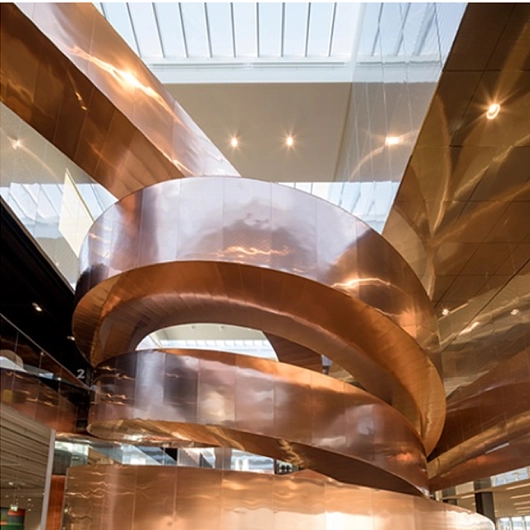
Skylight Functions
The Skylights have three principal functions in the building:
- They provide quality daylight into the two atriums
The abundant natural light reflects off the mirrored surfaces of the staircases to create a breathtaking visual experience. - They form an integral part of the building’s ventilation system
Opening when necessary to allow warm, stale air to escape and keeping temperatures pleasant all year round. - They provide the legally required smoke ventilation
They are equipped to open fast in case of fire, letting smoke escape through the roof.
Skylight Features
- The fact that VELUX Modular Skylights are a modular product provides advantages
- Flexible. When the architects realized they needed more ventilation modules, it was easy to remove some of the fixed modules and drop in the new ones.
- Fast. The main spiral staircase was actually lowered in through the roof at the end, and the deadline for the public opening was tight, so it was vital to get the building closed very quickly.
- Responsive. Efficient collaboration with VELUX throughout the project meant a good workflow and efficient decision-making.
The opening of Experimentarium got off to a flying start with 100,000 guests in its first two months alone, while the extremely high numbers of annual season passes sold show that visitors are keen to come back to enjoy the surroundings again and again. Meanwhile, Experimentarium employees are very happy with their new surroundings, especially the daylight that floods through the glass roof into internal office space. Last, but not least, a landmark building, recognized on the international architectural scene, has been created in Copenhagen, adding to the city’s cultural heritage.


